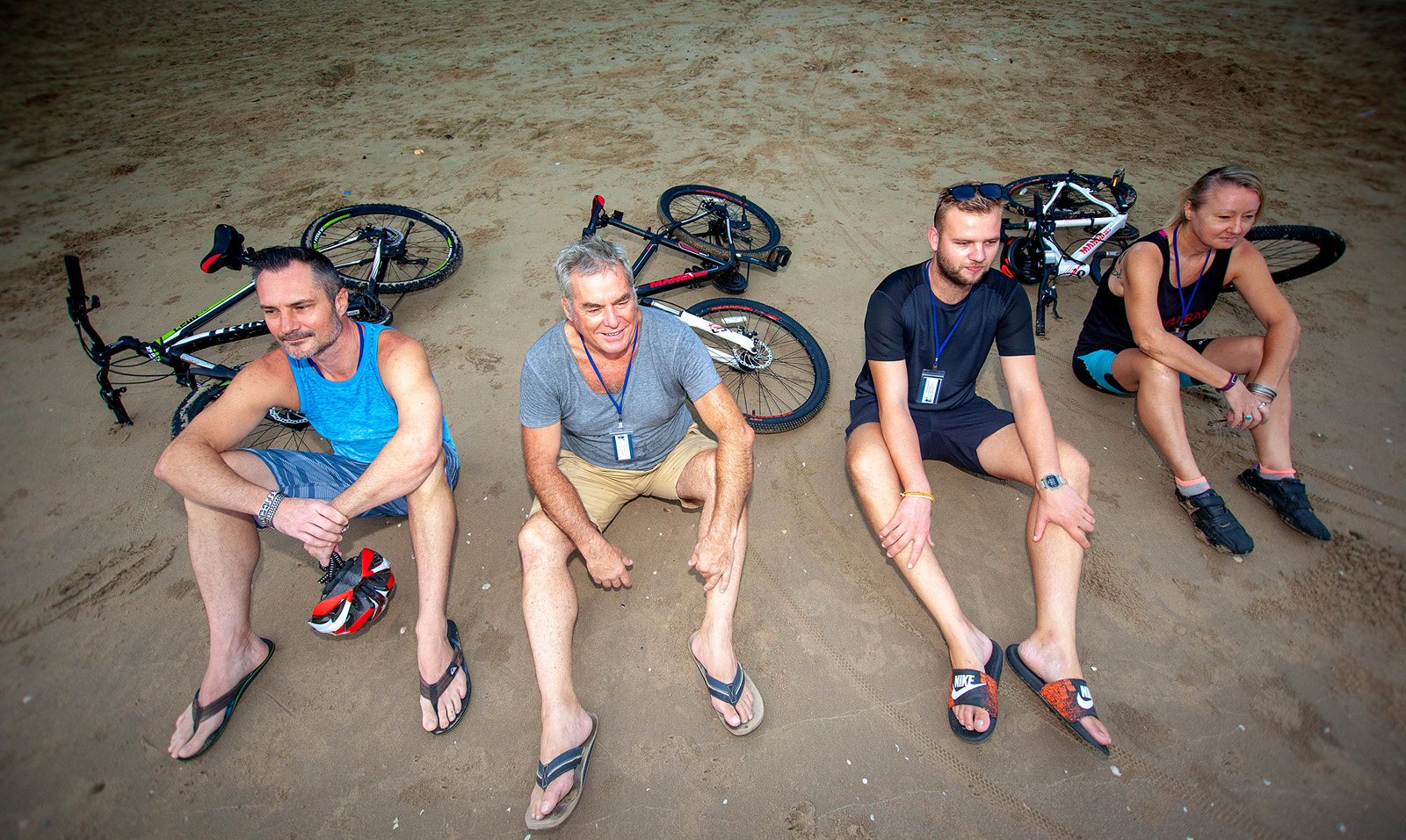
Healing Childhood Trauma
Healing Childhood Trauma
“Turning the impossible into possible”

"Detox from Drugs at a Luxury Holistic Center in Thailand and Israel"

Healing Childhood Trauma A Guide to Emotional Recovery and Growth
This article will provide comprehensive guidance and practical strategies for individuals seeking to heal from childhood trauma, emphasizing the importance of emotional recovery and growth for overall well-being.
"Holistic Center for Trauma, Addiction, and Mental Imbalance Treatment in Thailand"
“Come to the beginning of your journey to freedom from addiction to alcohol, drugs, and pills, and rediscover your life within the serene embrace of DaoTherapy Rehab in Thailand—where holistic healing meets empowering recovery.”
DaoTherapy Holistic Rehab
Key Elements of Drugs Detox:
Medical Supervision: Drugs detox must be conducted under medical supervision, as the body may experience withdrawal symptoms. These can include nausea, anxiety, muscle aches, and insomnia. A medical team will monitor and manage these symptoms to ensure the patient’s safety and comfort.
Holistic Therapies:
Holistic Therapies: Many detox programs incorporate holistic therapies such as mindfulness, yoga, and meditation to help individuals cope with stress and anxiety during the detox process. These therapies support the mind-body connection and contribute to overall recovery.
Tapering Process
Tapering Process: Drugs detox often involves a gradual tapering of the drug to reduce withdrawal severity. Doctors will slowly decrease the dosage over time to allow the body to adjust to lower levels of the substance.
Psychological Support:
Psychological Support: Like any addiction recovery process, detox from Drugs includes psychological support. This can involve counseling, therapy, or support groups to address the mental and emotional aspects of addiction.
Post-Detox Treatment:
Post-Detox Treatment: After completing detox, continuing treatment is crucial to prevent relapse. This often includes participation in ongoing therapy, group support, and the development of new coping strategies to maintain sobriety.
Understanding Childhood Trauma
Childhood trauma is any type of trauma endured during your developmental years. This can be something that happens to you or something that happens around you. Childhood trauma can have long-lasting impacts on several aspects of your personality, your relationships, and your well-being.
This article will cover types of childhood trauma, the emotional and psychological effects it can have in adulthood, the stages of healing, how to heal childhood trauma at home, and what type of therapy to heal childhood trauma might work best for you.
Definition and types of childhood trauma
Childhood trauma can come from several sources, direct or indirect.
Family of origin trauma, for example, is any trauma that comes from the home. As a child, your home is where you want to feel safe, where you expect to be loved and protected, but if your home life is unsafe during childhood, it can:
Change your personality
Cause a split in your personality as a defense mechanism
Change how you feel about yourself
Change your relationship with food or substance abuse
Childhood trauma doesn’t necessarily have to happen to you. It can be something you witness, such as domestic violence, war, natural disasters, or violence in your neighborhood.

contact us
Contact us with your questions
We would love to speak with you! Feel free to reach out with any questions.

get in touch
Schedule a free consultation
Schedule a free consultation with our team and let’s make things happen!
Psychological and emotional effects of trauma in children
Childhood trauma can cause behavioral issues, developmental issues, dissociation, and emotional problems.
Cognitive Issues
The developmental years are critical to mental function, so exposure to traumatic events can interfere with problem-solving, clear thinking, and reasoning. This can make it difficult for children, as they grow up, to plan ahead and anticipate the future.
When children experience trauma, all of their resources internally are focused on survival, which means they can develop issues down the line, thinking through problems calmly and considering different alternatives. Instead, they act impulsively and focus only on their immediate survival.
Emotional Issues
have difficulty:
- Identifying their emotions
- Managing how they feel
- Expressing their feelings
It’s not uncommon for children to either externalize or internalize their stress reactions, and that can result in angry and unpredictable outbursts, depression, or anxiety. If a child is reminded of their traumatic event, they might react with avoidance, trembling, or anger.
When children learn that the world is dangerous and the people they love may not necessarily protect them, they become more guarded in their interactions, and they’re more likely to see everyday situations as highly stressful or even dangerous. This can result in children becoming emotionally numb to threats and having an inability to manage their emotions or cultivate intimate relationships in adulthood.
Behavioral Issues
Childhood trauma can cause severe behavioral issues where children don’t know how to self-regulate, which means they can’t calm themselves down if they are triggered or if their emotions get too high. Children may also be unable to control their impulses or think about the potential consequences before they act.
When children feel powerless, or they have grown up in an environment where an authority figure was abusive, they are likely to respond to any perceived blame with things like aggression. They’re also more likely to engage in high-risk behaviors such as reckless speeding, self-harm, unsafe sexual practices, substance abuse, stealing, or other illegal activities that increase the risks of legal issues and juvenile detention.
Dissociation
Children who have encountered several terrifying experiences might struggle with dissociation, where they separate themselves mentally, perceiving their bodies as elsewhere. They might even lose their memories of the experience with significant gaps in their personal history timeline. At its most extreme, this can cause children to lose touch with parts of themselves. This dissociation is a defense mechanism, but it can impact learning, behavior, and social interactions and even lead to split personalities.
Psychological Support:
Psychological Support: Like any addiction recovery process, detox from Subutex includes psychological support. This can involve counseling, therapy, or support groups to address the mental and emotional aspects of addiction.
The lasting impact of unresolved childhood trauma in adult life
Without healing childhood trauma, individuals are at an increased risk of developing medical conditions and mental health issues. Children with exposure to at least one traumatic childhood incident are more likely to struggle with high-risk behaviors like unprotected sex and smoking, chronic illnesses like cancer or heart disease, and premature death.
Unresolved childhood trauma can have a lasting impact in adulthood, causing legitimate mental health disorders like:
PTSD
Acute stress disorder
Adjustment disorders
Reactive attachment disorders
Depression
Personality disorders
Disinhibited social engagement disorder
It can also cause issues with daily functions such as:
Problems with sleep
Mood disorders
Relationship issues
Poor health and nutrition
Unresolved childhood trauma can have lasting impacts that might even go unnoticed.
For example:
Aaron always eats his food very quickly, and he eats enough that he is borderline sick after most meals. He’s done this most of his life and doesn’t know why.
Aaron also has issues with his relationships whenever a partner raises their voice or demonstrates frustration with him because of something he did. He goes out of his way to avoid making mistakes and to always placate the other person in his relationship so that they are never mad at him. If they do get mad and raise their voice even ever so slightly, he perceives it as ‘yelling’ at him and starts to struggle with panic attacks and severe anxiety. He doesn’t know why.
These small issues interfere with his sleep quality and his stress levels and inhibit communication in his relationships.
With the right treatment, Aaron can figure out how these issues might be related to childhood trauma and how he can solve those issues by resolving his trauma.
Stages of Healing from Childhood Trauma
Stage One: Recognition
The first stage is recognition. Healing from childhood trauma only happens when you move beyond the denial phase and become aware that there is a problem.
For example:
Aaron might normally say that his stepdad drank a lot, but he didn’t drink as much as some of the other dads in the neighborhood.
But eventually, that defense mechanism designed to protect Aaron from uncomfortable memories and pain will have to be disbanded.
Stage Two: Acknowledgment
The second stage is acknowledging that there is a problem. In the case of Aaron, that might mean doing away with excuses and acknowledging that his stepfather was an alcoholic and that when he drank, he was abusive.
This stage can be emotionally painful as you acknowledge your history and deal with uncomfortable feelings like resentment, grief, or depression. You might even report feeling jealousy towards other people who haven’t gone through what you have gone through. This is usually the stage at which people start to consider therapy, and it’s important that you allow yourself to feel all of your emotions and acknowledge the things that you had to endure.
Stage Three: Processing
The third stage is the processing stage, where you start to heal. This is the stage where you recognize how your trauma has affected you and what deficits you might have as a result. During this stage, you’ll learn more about your situation and spend a lot of time working through feelings like shame or grief until you have recognized the way your trauma has influenced you and the ways in which you can change that into something positive.
Stage Four: Recovery
The fourth stage is recovery. This is a lifelong stage. You won’t wake up one day after going to therapy and processing your trauma and feel perfect. There will still be days when you occasionally struggle with emotional pain when your wounds are opened because you were triggered. But it’s important to recognize that you can build the tools you need to continue your long-term recovery.
Therapeutic Approaches to Heal Childhood Trauma
Healing childhood trauma often starts with therapy. You can find things like:
Traditional therapy
Trauma-focused therapy
Alternative therapies
A professional can help you move through your healing journey by offering information specific to your needs and your background. You can certainly gain knowledge about childhood trauma in general, but your experiences are highly personalized, and the steps you might go through during the stages of healing from childhood trauma might be equally personalized.
The longer you work with a therapist, the better they’ll be able to get to know you and provide actionable help.








